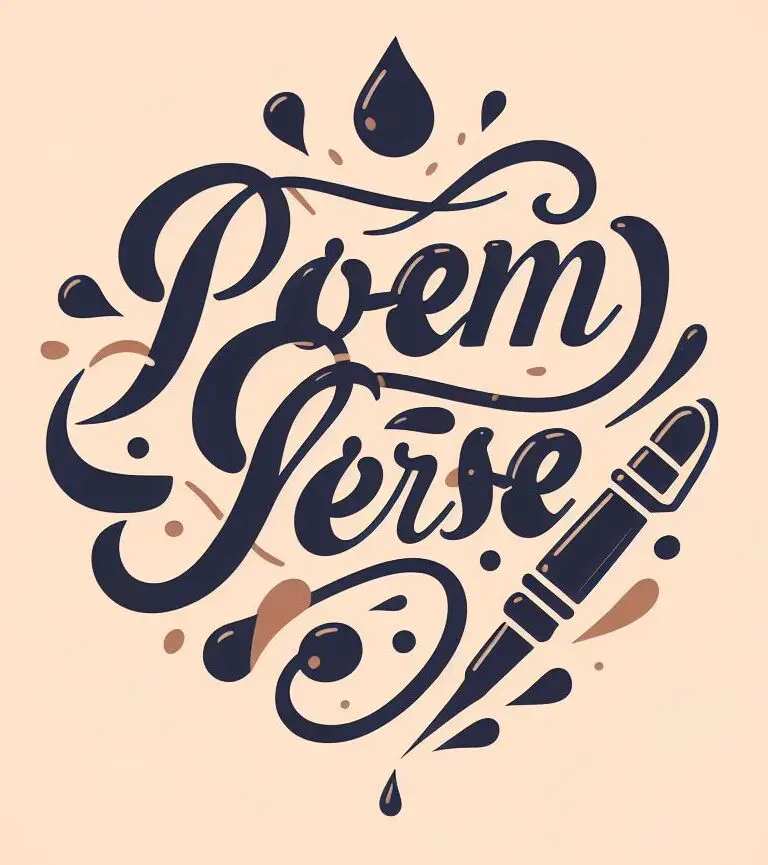The Beauty of Sight: Exploring Famous Poems about Vision
Poetry has always been a medium to express profound emotions, ideas, and experiences. Among the many themes explored by poets, sight has been a recurring motif, captivating readers with its ability to evoke vivid imagery and evoke powerful sensations. In this article, we will delve into the world of famous poems that celebrate and reflect upon the wonders of vision.
1. "I Wandered Lonely as a Cloud" by William Wordsworth
Often referred to as "Daffodils," this iconic poem by William Wordsworth (1770-1850) is a beautiful ode to the transformative power of nature. Wordsworth describes a breathtaking scene where he encounters a field of daffodils, which ultimately enlightens his soul and brings him a sense of eternal joy. Here are a few notable lines from this beloved poem:
I wandered lonely as a cloud,
That floats on high o'er vales and hills,
When all at once I saw a crowd,
A host, of golden daffodils;
The poet effectively employs vivid visual imagery to transport the reader to the serene landscape, allowing them to experience the resplendent beauty of the daffodils alongside him.
2. "The Raven" by Edgar Allan Poe
Edgar Allan Poe (1809-1849) masterfully blends darkness, despair, and melancholy in his renowned poem "The Raven." While not entirely focused on sight, the poet uses visual elements to create a haunting atmosphere that adds to the overall impact of the piece. The repetitive tapping sound and the appearance of the raven itself contribute to the eerie ambiance. Here is an excerpt from the poem that highlights the power of visual symbolism:
And the Raven, never flitting, still is sitting, still is sitting
On the pallid bust of Pallas just above my chamber door;
And his eyes have all the seeming of a demon's that is dreaming,
And the lamp-light o'er him streaming throws his shadow on the floor;
In these lines, the poet skillfully describes the ominous presence of the raven, utilizing vivid descriptions to create a vivid and haunting image.
3. "The Love Song of J. Alfred Prufrock" by T.S. Eliot
T.S. Eliot (1888-1965) crafts a complex and introspective poem in "The Love Song of J. Alfred Prufrock." Though sight is not the sole focus of the poem, it is woven throughout, adding layers of meaning and depth to the speaker's introspections. The poet uses visual metaphors to convey the speaker's sense of isolation and self-doubt. Here is a notable excerpt:
There will be time, there will be time
To prepare a face to meet the faces that you meet;
There will be time to murder and create,
And time for all the works and days of hands
That lift and drop a question on your plate;
Time for you and time for me,
And time yet for a hundred indecisions,
And for a hundred visions and revisions,
Before the taking of a toast and tea.
Eliot's use of imagery and visual stimuli captures the speaker's hesitancy and self-consciousness, making the reader feel the weight of their indecision.
Poetry has the remarkable ability to heighten our appreciation for the world around us, and poems about sight have an extraordinary capacity to transport readers to new realms of imagination. Through the words of Wordsworth, Poe, and Eliot, we see how visual imagery can evoke a myriad of emotions and inspire introspection. These famous poems serve as a testament to the immense power of sight and its profound impact on human experience.

Entradas Relacionadas